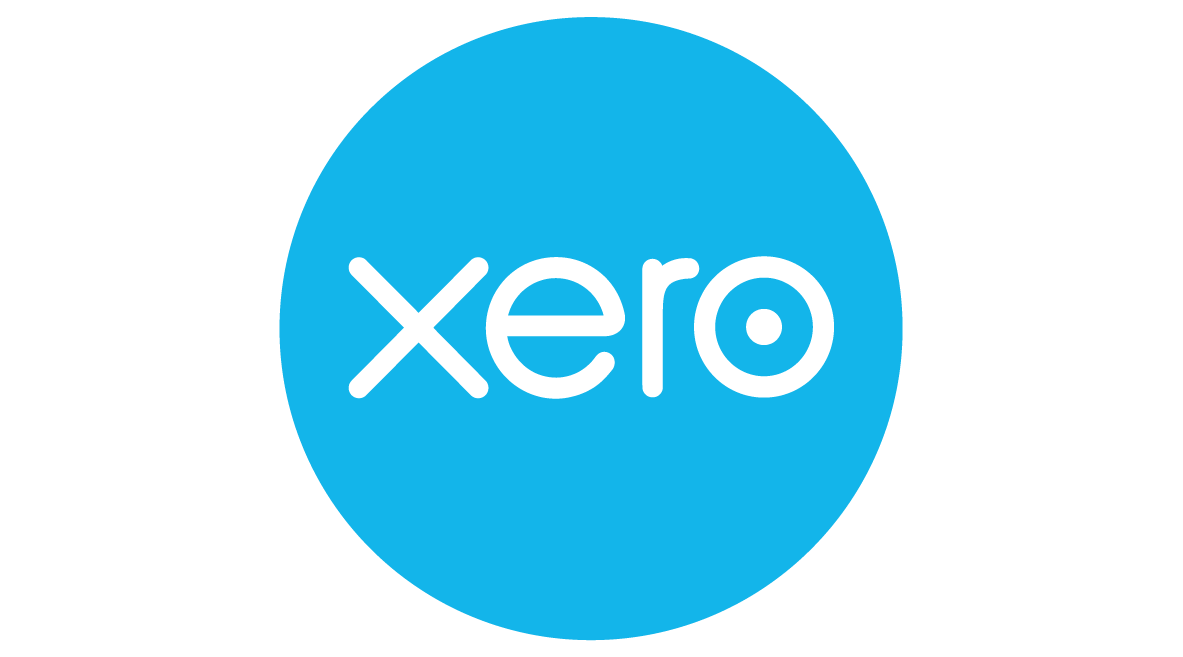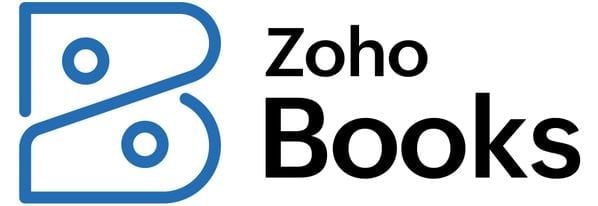Know These 4 Business Financial Metrics to Track Performance

Many or all of the products featured here are from our partners who compensate us. This influences which products we write about and where and how the product appears on a page. However, this does not influence our evaluations. Our opinions are our own. Here is a list of our partners and here's how we make money.
In order to make informed business decisions, such as seeking financing, you need to be able to understand your financial performance — especially since the COVID-19 pandemic has altered the way many small businesses operate.
Navigating your financial metrics doesn’t mean you have to sit crunching numbers on a calculator, however.
When you use technology, like accounting software, you can automate data processing and instead spend your time looking at the actual insights the data provides, says Ben Richmond, a chartered accountant and U.S. country manager at Xero, a cloud-based accounting software platform provider. With the right tools, you can take more control of your business and have more confidence, he says.
Here are four metrics that are essential to understand when managing your business finances.
FEATURED
1. Cash flow
Cash flow, or the amount of money coming into and going out of your business, is one of the most important indicators of financial performance. Richmond uses the analogy of a business as an amazing Ferrari, and cash flow, the gas. “If you’ve got no gas, the Ferrari is nothing but an ornament sitting in the garage,” he says.
Most bookkeeping and accounting software platforms allow you to automatically generate a cash flow statement. Understanding how much cash you have on hand is the first step, Richmond says.
Then, you can create cash flow predictions and take action from those insights. For example, you can determine whether you need to tighten up expenses to make sure you’re well funded. On the other hand, if you’re experiencing growth and have a cash flow surplus, you can decide the best way to capitalize on that opportunity.
2. Profit
Profit is the big picture goal for most businesses. The profit and loss statement, which shows your profit (or loss) over a period of time, is one of the most useful reports to have at your disposal.
What percentage of revenue is generated from your top three clients or products? How many employees are needed to run operations?
These are numbers small-business owners need to know, said Marko Mijuskovic, via email. Mijuskovic is a certified exit planner and senior partner at WestPac Wealth Partners, a wealth management firm headquartered in San Diego.
Like the cash flow statement, you can generate a profit and loss statement automatically using accounting software. Then, you can identify opportunities to cut down on unnecessary expenses and prioritize your most successful products and services in order to maximize profit.
3. Accounts payable
The common saying holds true: You have to spend money to make money. And by actively monitoring your accounts payable — the money you owe to vendors or suppliers for purchases made on credit — you can determine how much cash you’re going to need and when you’re going to need it.
You’ll want to make sure that you have enough cash to keep your business running and pay your vendors on time. Not having enough cash generated from business revenues to meet obligations is one of the top reasons that businesses fail, said Sallie Mullins Thompson, a certified public accountant who works with small-business owners, via email.
Making on time (or even early) payments allows you to maintain a good relationship with your vendors, take advantage of potential payment discounts and build business credit — which is essential if you’re looking for financing in the future.
Accounting software can help streamline your accounts payable at a basic level, but dedicated accounts payable software can automate the process even further.
4. Accounts receivable
Which invoices are outstanding? How long does it take for your customers to pay their invoices? How much of your cash is typically tied up in unpaid invoices? These questions all speak to your accounts receivable, the money that customers owe your business for goods or services that have already been delivered.
Tracking your accounts receivable has similar benefits to tracking your accounts payable: By determining how long it takes your customers to pay their invoices — and making sure they pay on time — you can better manage your cash flow and avoid losing out on profit.
Accounts receivable software can streamline this process, as well as provide tools to help improve communication with your customers. These platforms can also aggregate all of your accounts receivable data in one place so you can gather additional insights about your business’s performance.
Understanding your accounts payable and receivable goes a step further than strictly looking at your business on a cash basis — cash in, cash out — Richmond says. Tracking these movements allows you to think ahead and get a full picture of the business, he says.

| Product | Starting at | Promotion | Learn more |
|---|---|---|---|
 QuickBooks Online NerdWallet Rating Learn more on QuickBooks' website | $30/month Additional pricing tiers (per month): $60, $90, $200. | 50% off for first three months or free 30-day trial. | Learn more on QuickBooks' website |
 Xero NerdWallet Rating Learn more on Xero's website | $15/month Additional pricing tiers (per month): $42, $78. | 30-day free trial or monthly discount (terms vary). | Learn more on Xero's website |
 Zoho Books NerdWallet Rating Learn more on Zoho Books' website | $0 Additional pricing tiers (per month): $20, $50, $70, $150, $275. | 14-day free trial of the Premium plan. | Learn more on Zoho Books' website |
 FreshBooks NerdWallet Rating Learn more on FreshBooks' website | $19/month Additional pricing tiers (per month): $33, $60, custom. | 30-day free trial or monthly discount (terms vary). | Learn more on FreshBooks' website |

